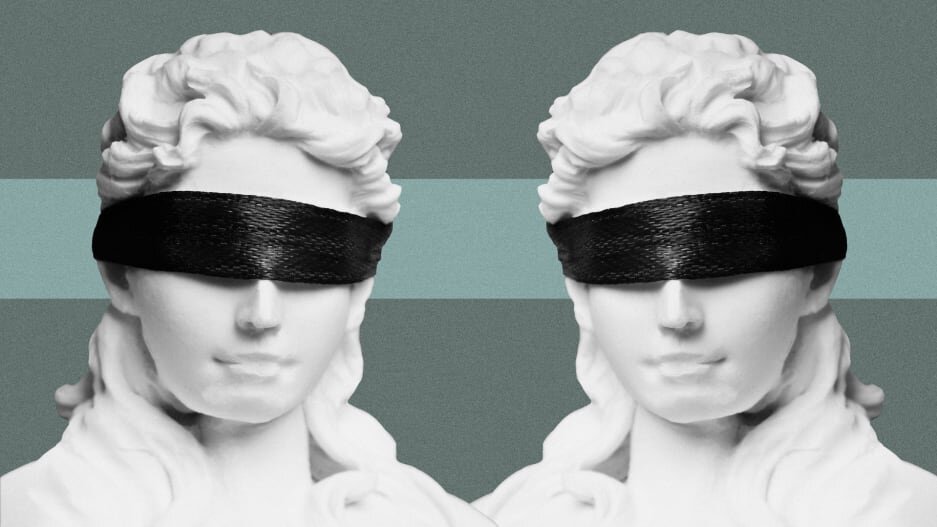Why Unconscious Bias Training Is Often Unsuccessful and 3 Things That Work
Bill Michael was so close to making a good point.
The now-former UK chair of KPMG made headlines around the world in February when he was forced to resign after telling more than 500 of his employees on a Zoom call that the whole concept of unconscious bias was “complete and utter crap.”
“There is no such thing as unconscious bias, I don’t buy it,” he said on the call, a video of which was leaked to a London newspaper. “Because after every single unconscious bias training that has ever been done, nothing’s ever improved.”
First thing’s first: unconscious bias is a real thing. Researchers have spent many decades studying and discussing the nature and consequences of unconscious or implicit bias. Some of the seminal research in this area—including the ground-breaking work of Daniel Kahneman and Amos Tversky in the 1970s and 1980s—shows that these deeply seeded biases often serve us well and help us make quicker decisions in the face of uncertainty.
However, unconscious biases also clearly serve as a foundation for systemic gender and race discrimination.
This brings us back to Michael’s comments. His mistake was suggesting that because unconscious bias training (UBT) is ineffective, it means that there was no such thing as unconscious bias. While unconscious bias most definitely exists, many of us might agree that most unconscious bias training (UBT) is, as Michael would say, “crap.”
Many researchers have found little or no evidence to suggest it produces any lasting results and in some studies, research has shown UBT/IBT has actually amplified or re-enforced biases. And yet, there has been a renaissance over the last few years that has no doubt been exacerbated by the 2020 summer of Black Lives Matter.
For some time now, some of the world’s largest and best-known companies have leaned heavily into UBT as a response to their own shortcomings on gender and racial equality. One-day, crash courses on bias have become a standard public relations response any time a company is accused of systemic racism or gender bias.
However, as the research indicates, we have struggled to identify and remedy these tendencies in a sustained way. Not that people aren’t trying. A very rough 2003 estimate pegged the global diversity training industry at about $8 billion. If we spent that much money nearly two decades ago, before Black Lives Matter exploded into global consciousness last year, there’s no telling how much is being invested today.
So, if not UBT/IBT, then what? The leading edge of thinking in this area would suggest that bias awareness training can play a positive role if it’s part of a broader effort to address organizational or systemic issues first. Iris Bohnet, director of the Women and Public Policy program at the Harvard Kennedy School, perhaps said it best when she noted that combatting inequality in all its forms requires us to “de-bias systems, not people.”
To that end, many in the HR profession are trying to move the conversation away from UBT as a first response to a broader range of options for improving diversity and inclusion that allow us to combat unconscious bias in ways that are lasting and sustainable.
At the top of the HR profession’s list of best diversity, equity, and inclusion (DEI) practices is an enhancement of tools to measure employee engagement and survey employee sentiments around issues like racial and gender discrimination. To get support for DEI practices, employees need to feel as if they are seen and heard, and that their opinions matter and are acted upon.
Organizations can also focus attention on the way in which they build and manage teams. If you want your organization to embrace diversity and inclusion, then it’s important to look for people with different points of view, personal backgrounds, and work experience and consider how to provide an environment where every single person can be successful.
In terms of more immediate and impactful steps, many organizations are investing considerable time and effort in re-imagining recruitment and hiring, given that this is where the rubber really meets the road when it comes to building a workforce that is more diverse and less burdened by bias.
TALK THE DIVERSITY TALK
The language used in job postings can often unconsciously screen out minority groups. For example, we know from research on the language in job postings using words like “driven” and “independent” resonate mostly with men, and discourages women from applying.
FOCUS ON THE WORK, NOT THE PERSON
Research has shown us when job postings describe a person, as opposed to a kind of work, they often discourage people of color or women from applying. To address this issue, many companies are de-emphasizing education and previous experience and focusing on things like transferrable skills and behaviors.
DIVERSIFY THE HIRING TEAM
The leaders who get to make the final decisions on job offers should be as diverse as possible. Ensuring a broader array of perspectives and backgrounds can, at the very least, guard against heavily biased group think on any single hiring decision.
The harsh reality that has been revealed recently is that our biases around gender and race cannot be remedied in a one-hour bias-training seminar.
Used as part of a broader diversity and inclusion strategy, UBT/IBT can be helpful in raising awareness about the biases that we all carry into our day-to-day jobs. But on its own, it’s a pretty shallow response to what is a very complex problem.


